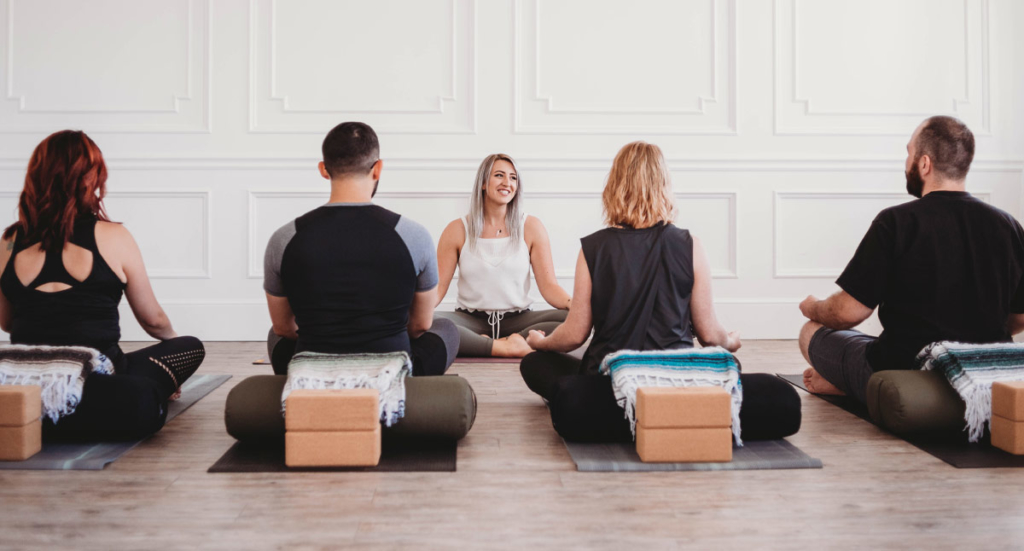
What is a Yoga Voice and How is it Different From Your Authentic Voice?
For almost three decades, the outgoing message on my home voice mail has given general info about my yoga classes. The collective where I teach doesn’t have a central phone number. The only time anyone is there to answer it is while we’re teaching, and we’re not going to answer it then! When I recorded my first outgoing yoga voice message in the 1980s, I felt it should reflect my new persona—a calm, smooth, relaxed yoga teacher.
The first time my sister called and got that message, she left me a mirror message. She imitated the inflections and quite frankly, the airs, of my outgoing message. At first I was a little miffed at her. This was my new calling, after all. This is how yoga teachers talk. On further reflection, I realized that I was, in fact, faking it in my message. My sister had actually done me a tremendous service. I had traded in my authentic voice for the dreaded “yoga voice” because I didn’t know any better.
Finding Your Authentic Teaching Voice
We all have to start somewhere. When we are new to teaching, we don’t always know our authentic teaching voice. So we take on one we might have heard, or we take on the voice we think we should emanate. I quickly changed my voice mail message once my airs were mirrored back to me. However, I can’t say for sure that I didn’t continue to use that same yoga voice in my classes sometimes.
Finding our authentic teaching voice requires much more than just learning poses and becoming confident in our knowledge. It requires learning who we are at the deepest levels. Finding our voice requires that we see, accept and work to shine light in the places where we are blind, and to become vigilant with the things that catch us. Finding our voice requires that we recognize our own humanity, and that of our students, and in that process we begin to understand our essential connectedness.
When we understand and accept who we are, and who we are not, we can simply be ourselves—neither denying nor hiding our insecurities and neuroses, and at the same time neither feeding them nor projecting them onto our students. When we accept our authentic selves, we can speak with our authentic voice, accepting that we are fallible human beings on an evolutionary path along with everyone else.
Teaching Authenticity
Finding our voice gives our students permission to be who they are as well. If the teacher holding the space feels a need to uphold an image of perfection, students will feel they must withhold their own perceived imperfections. This doesn’t mean that a teacher should spill her guts to her students. (Most students are not coming to class to hear about a teacher’s little neuroses.) But being your authentic, fallible self, the self that is ever open to learning and evolving, will give your students permission to be authentic as well!
Sometimes our authentic voice can sound like a yoga voice. For example, when we are teaching Restorative Yoga, it serves the intent of the practice to speak softly and calmly. Certainly Savasana benefits from a quiet demeanor, if not complete silence. But that still, calm voice must come as a response to the truth of our situation, not as an ideal imposed from the outside.
Have you ever spoken with the dreaded yoga voice? How have you found your authentic voice?
